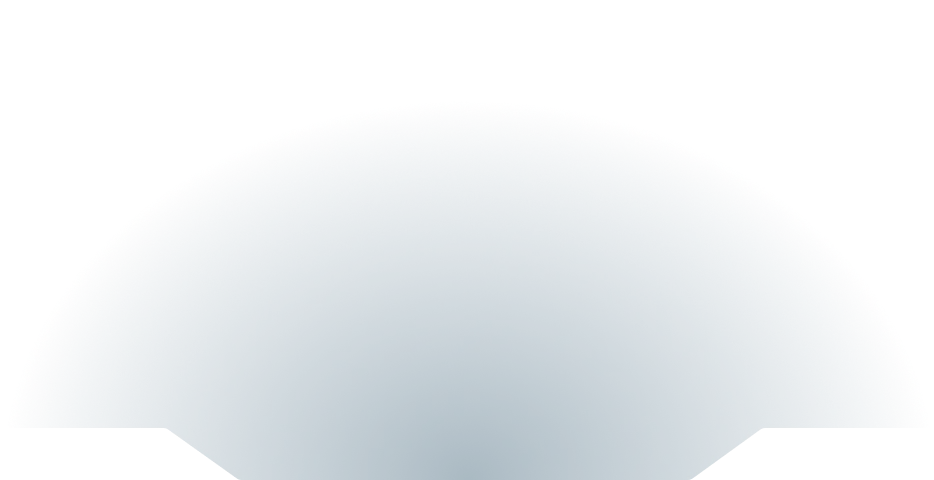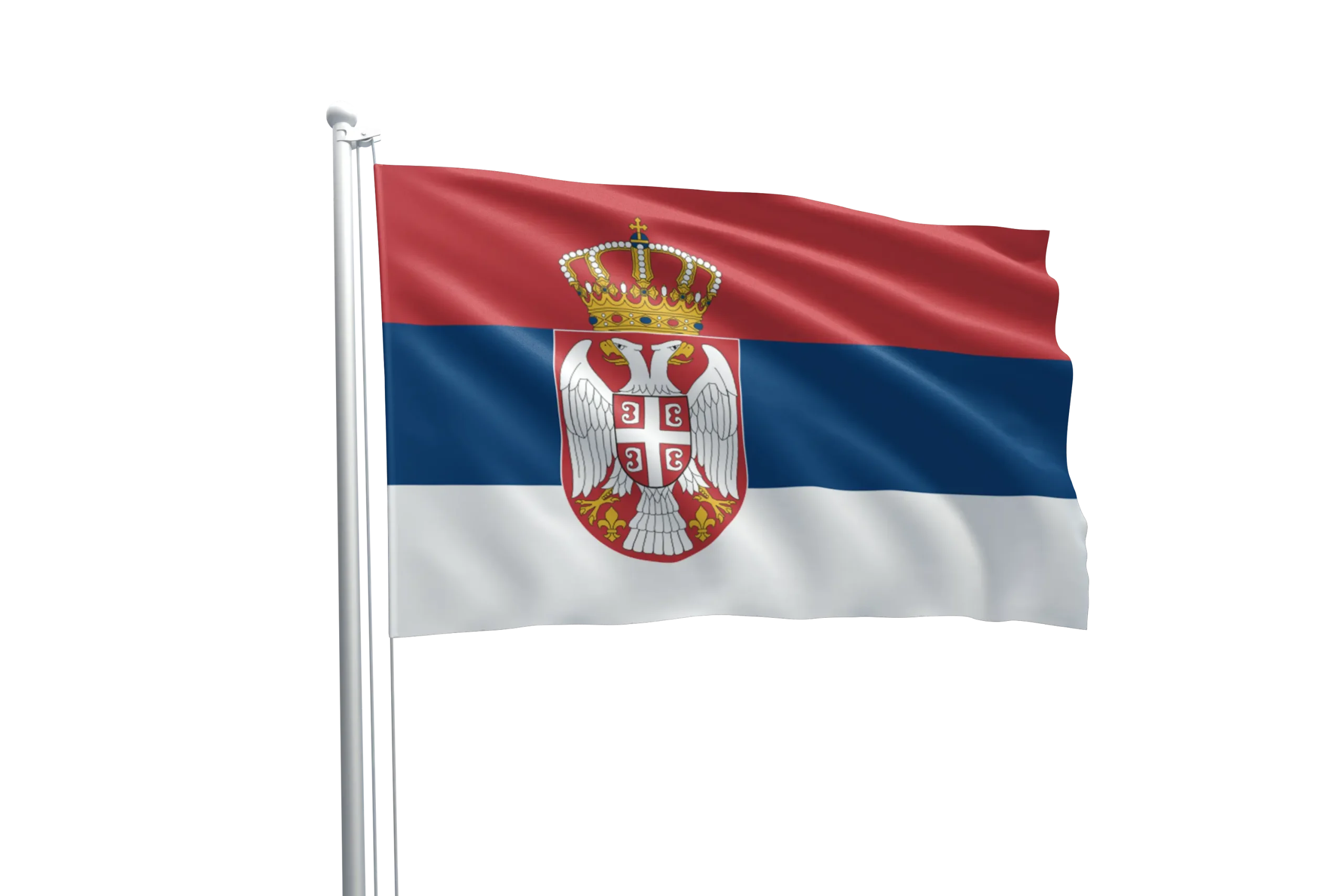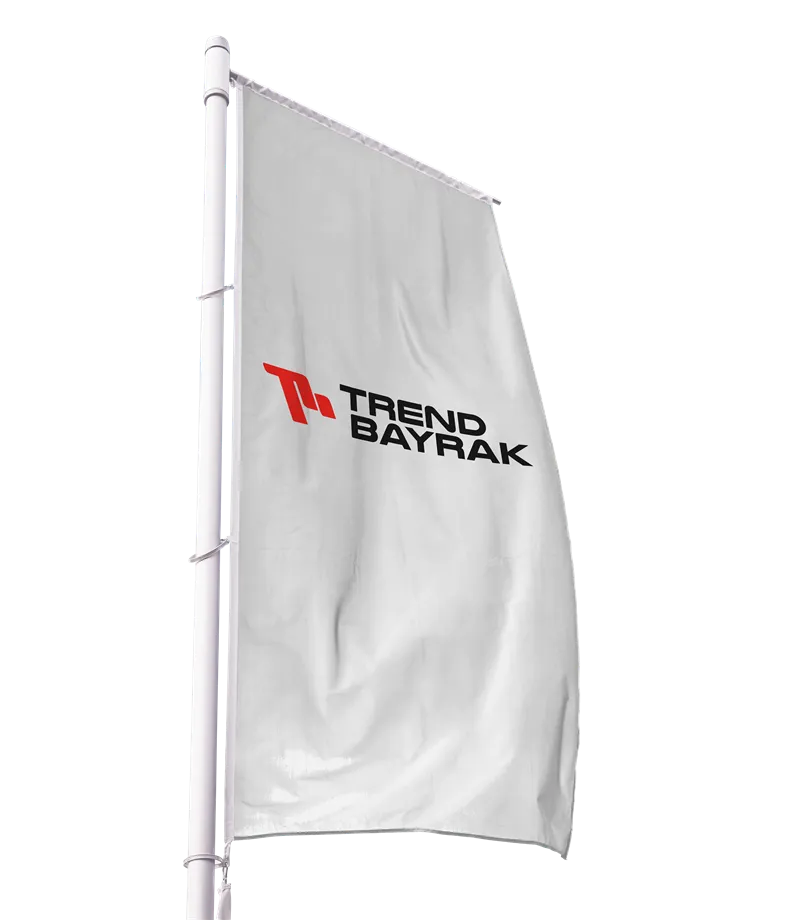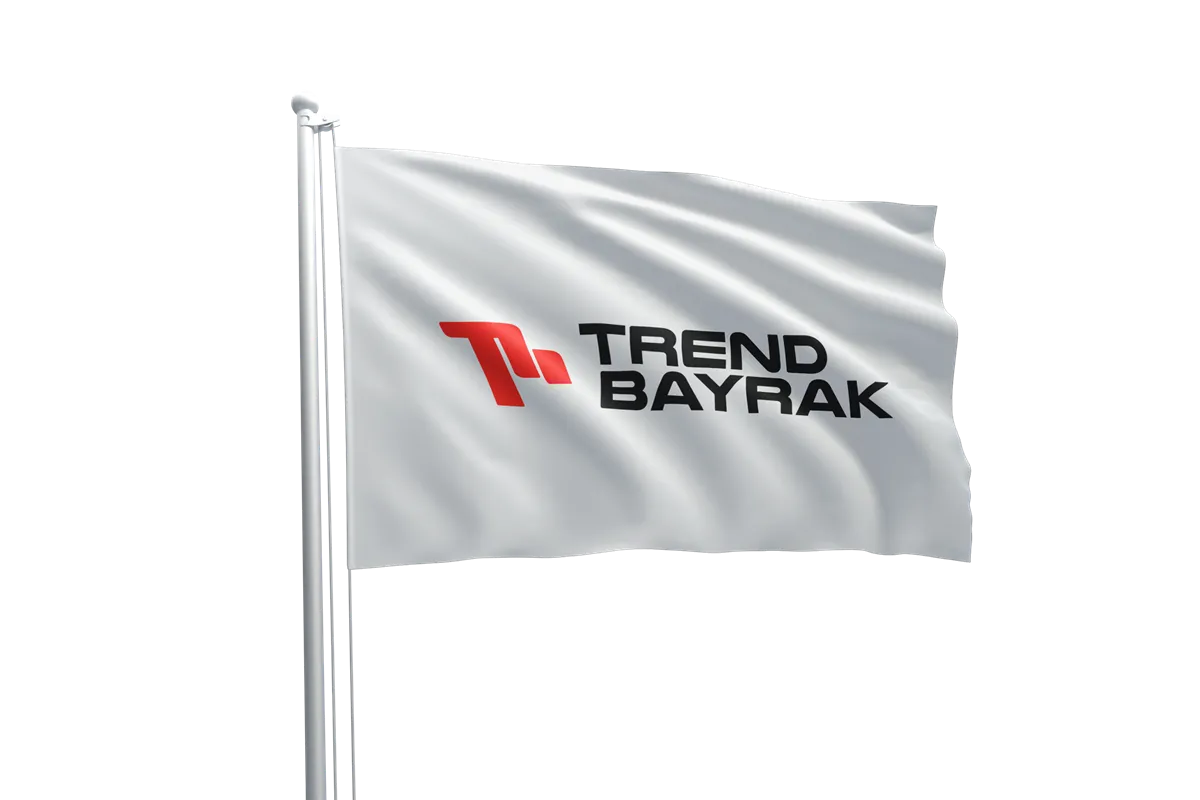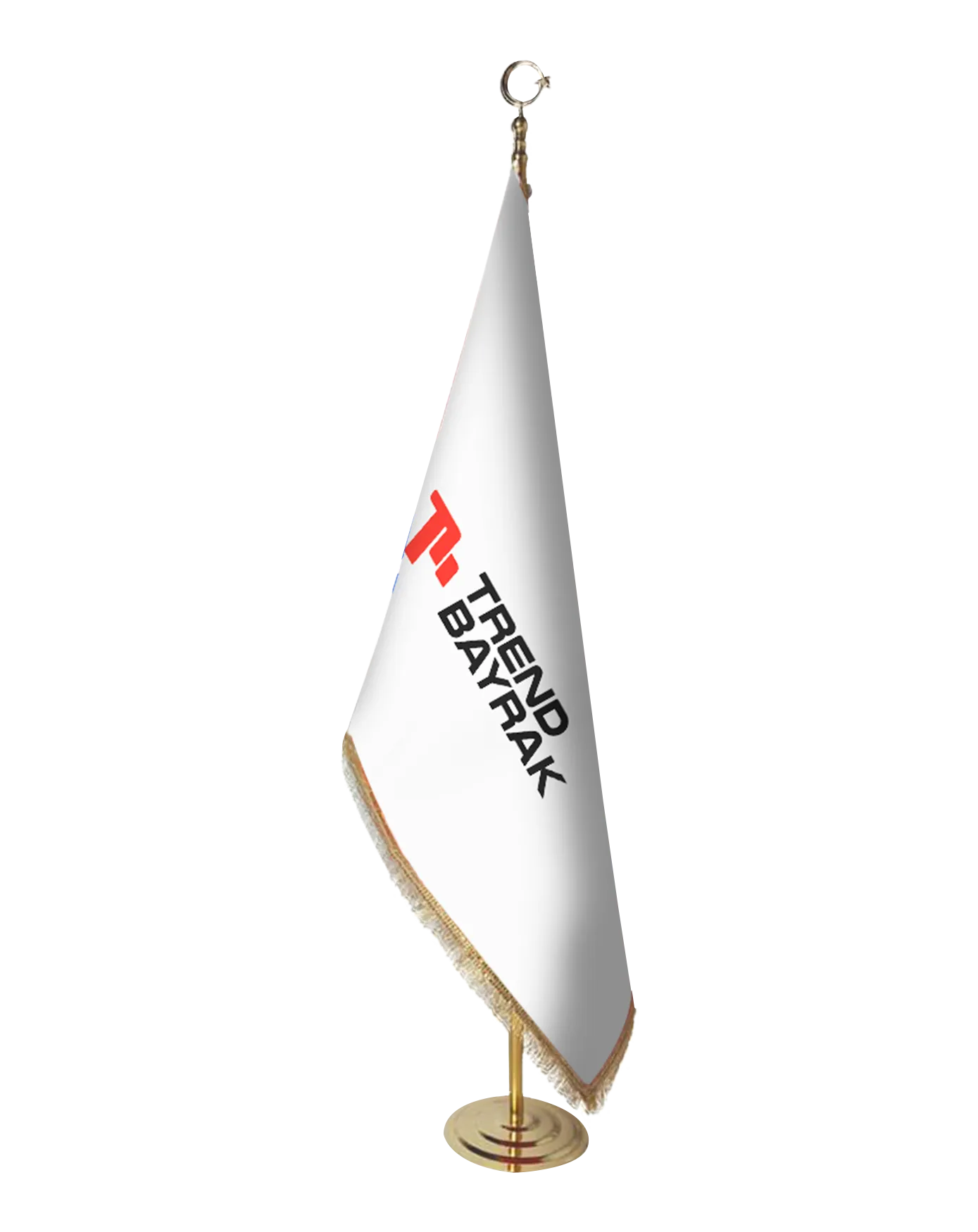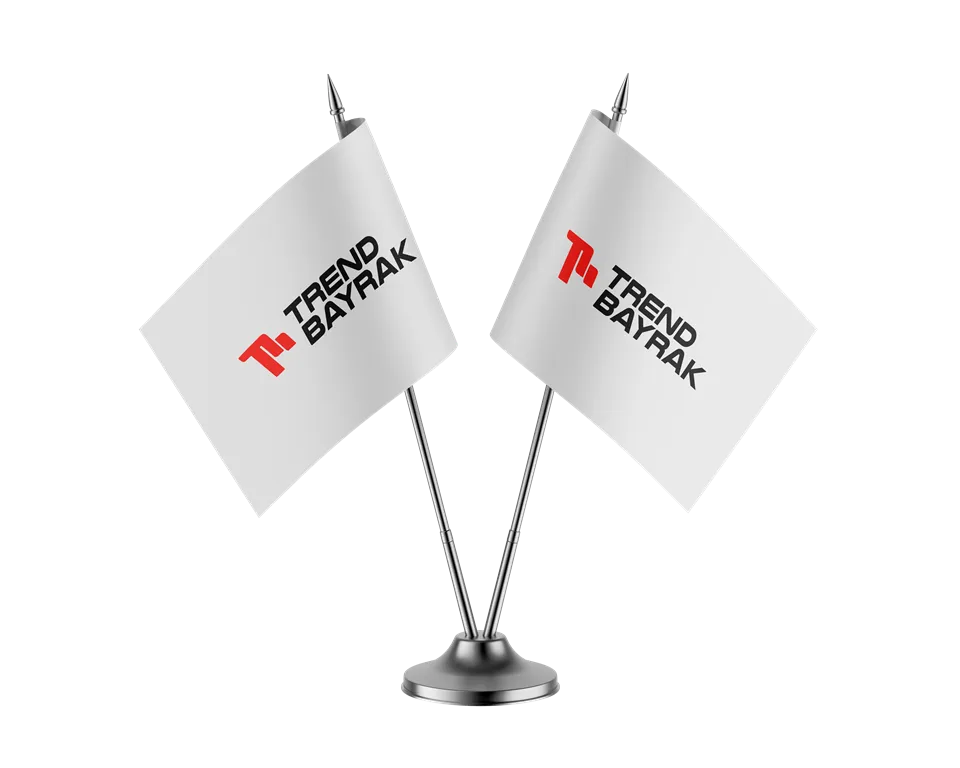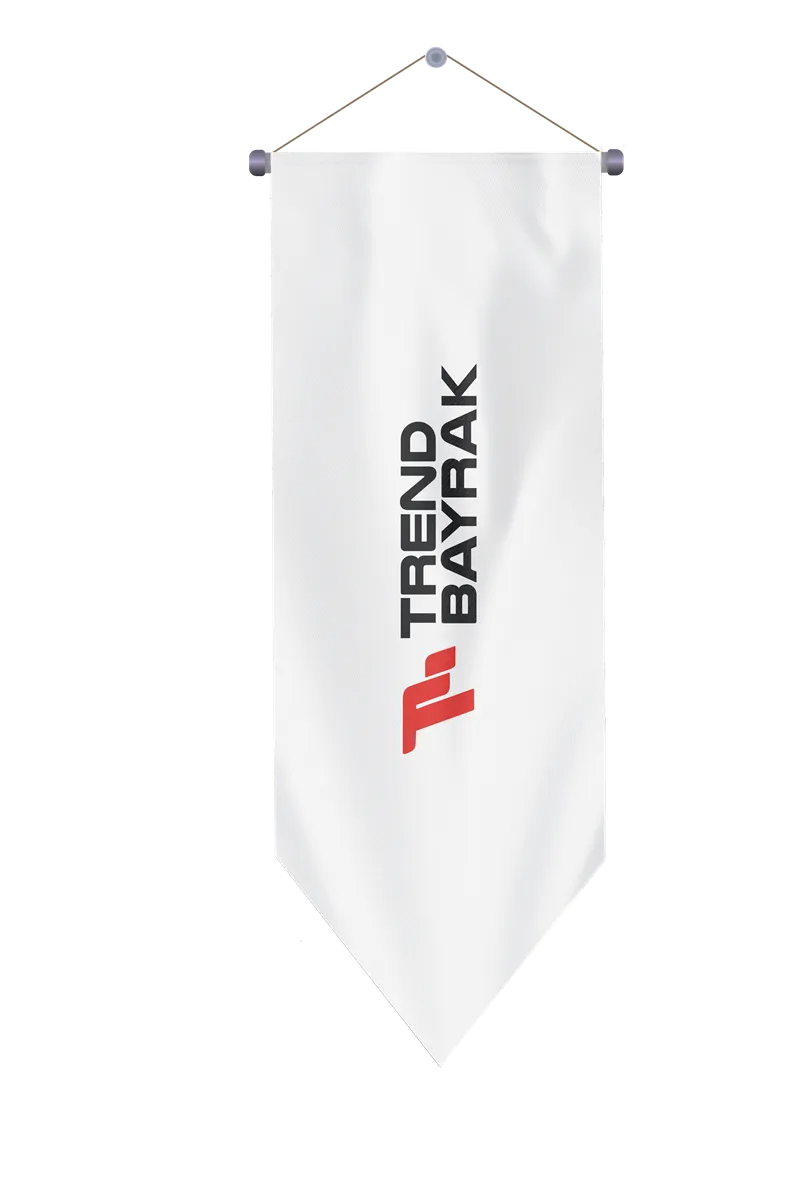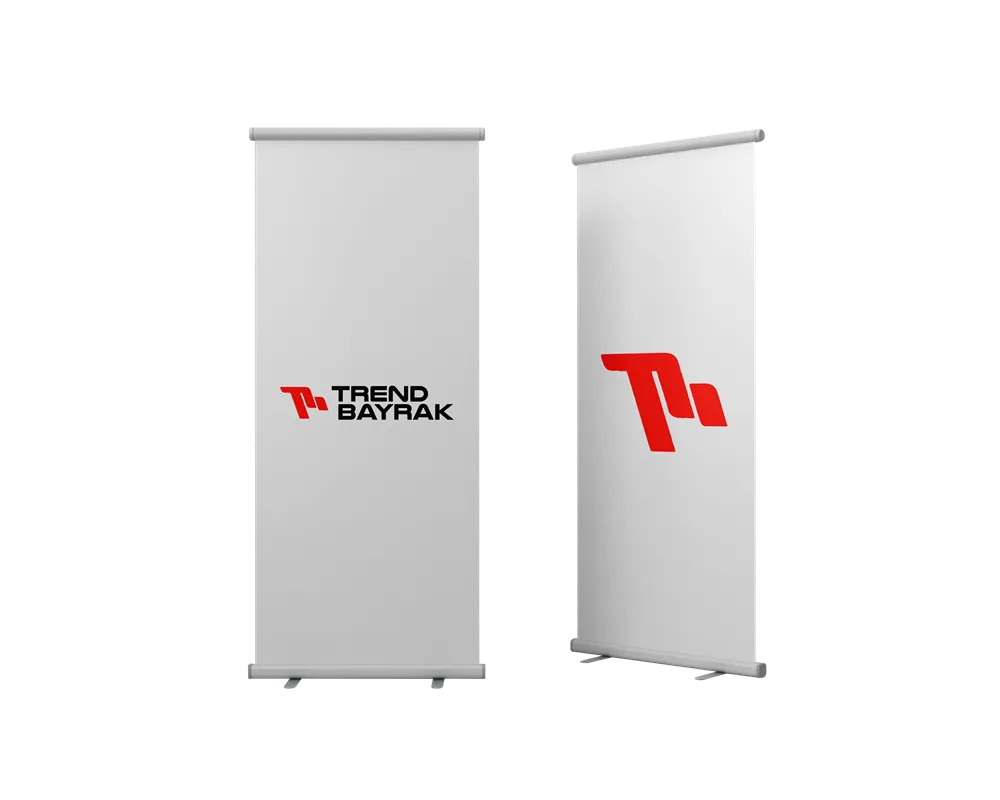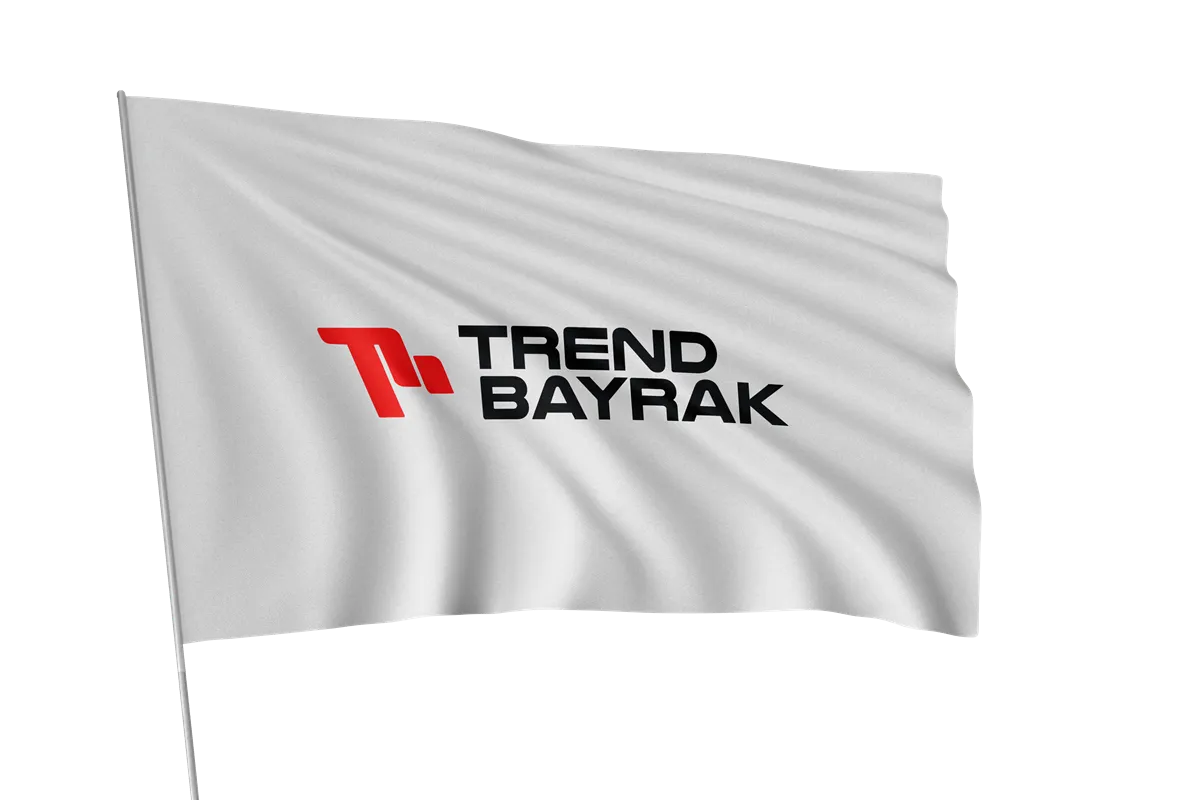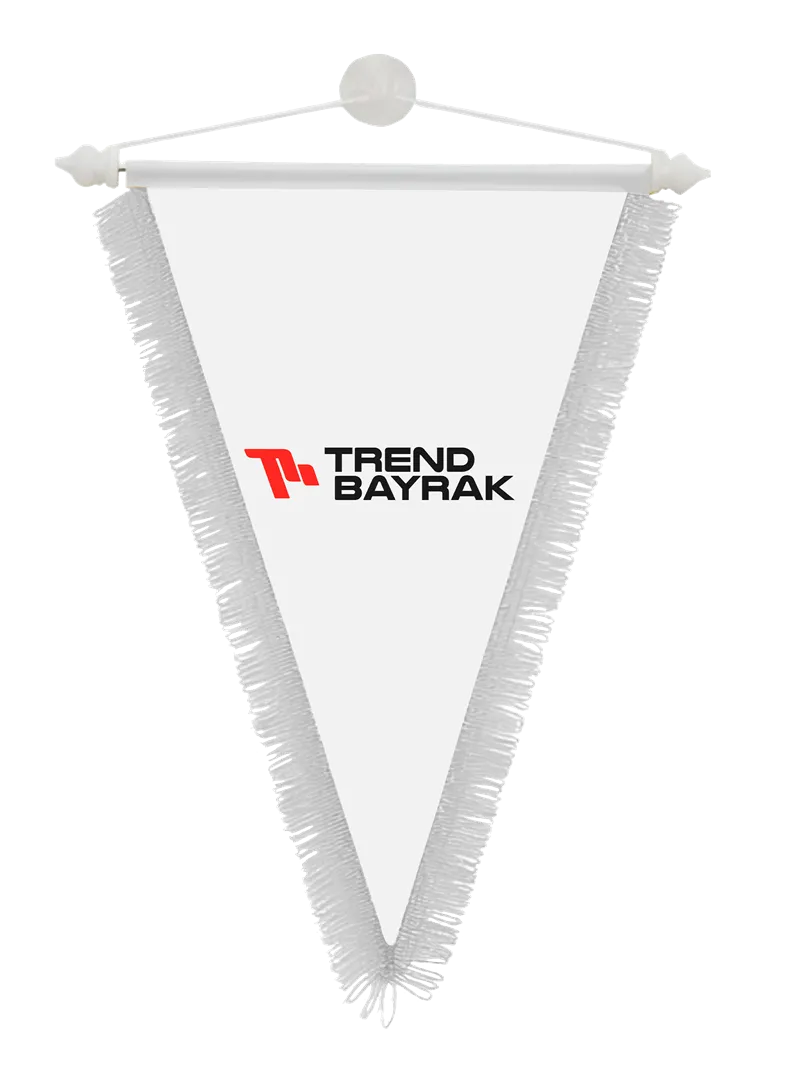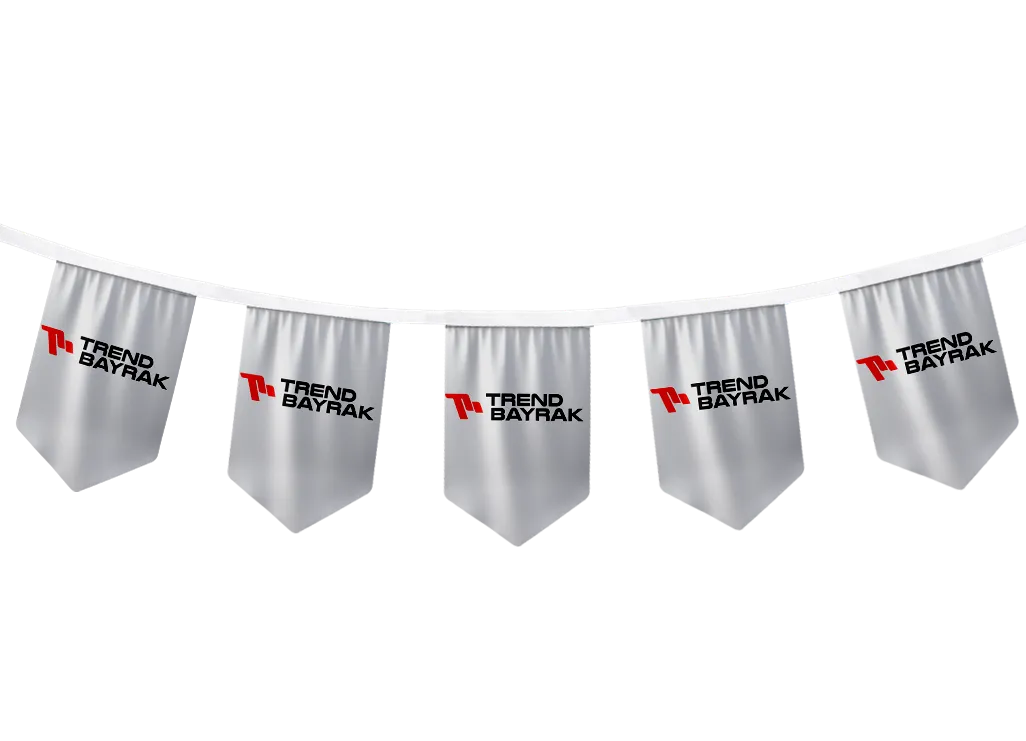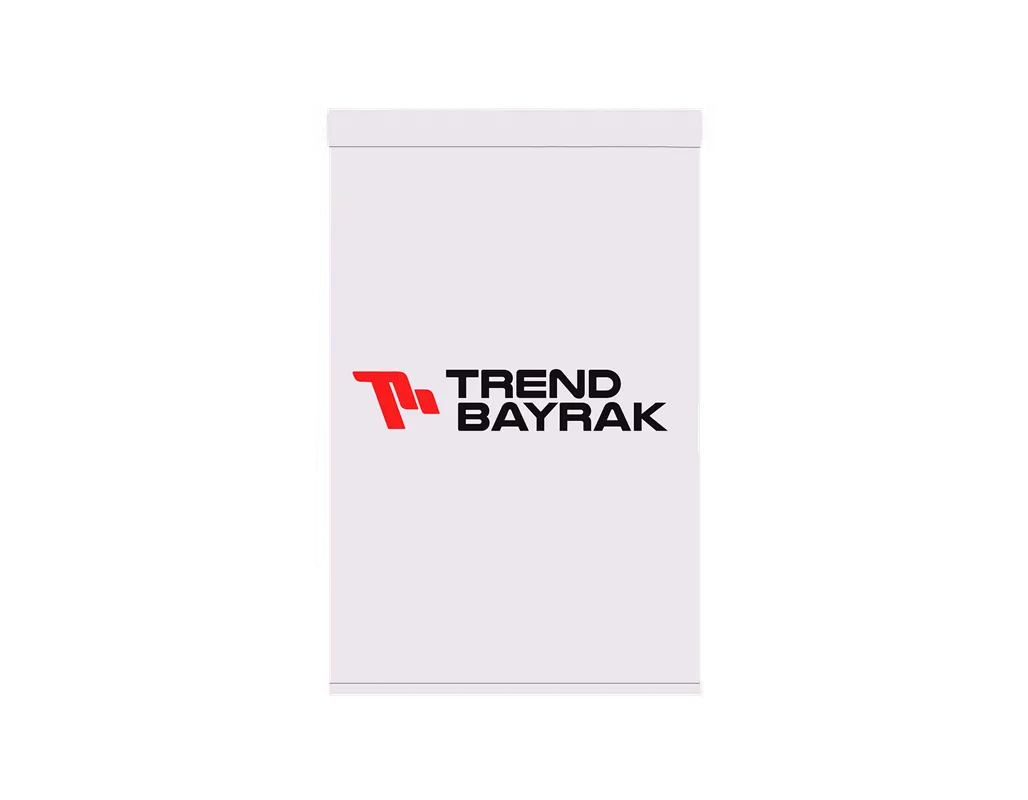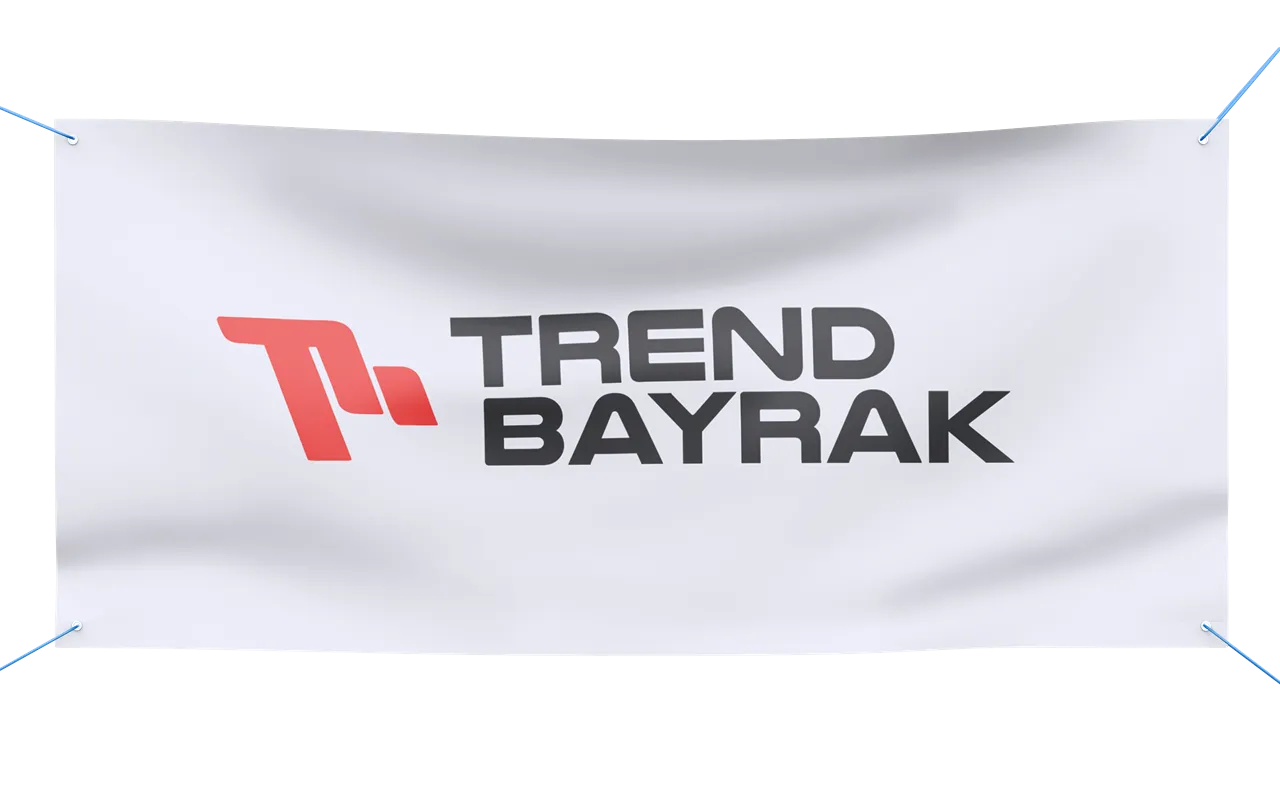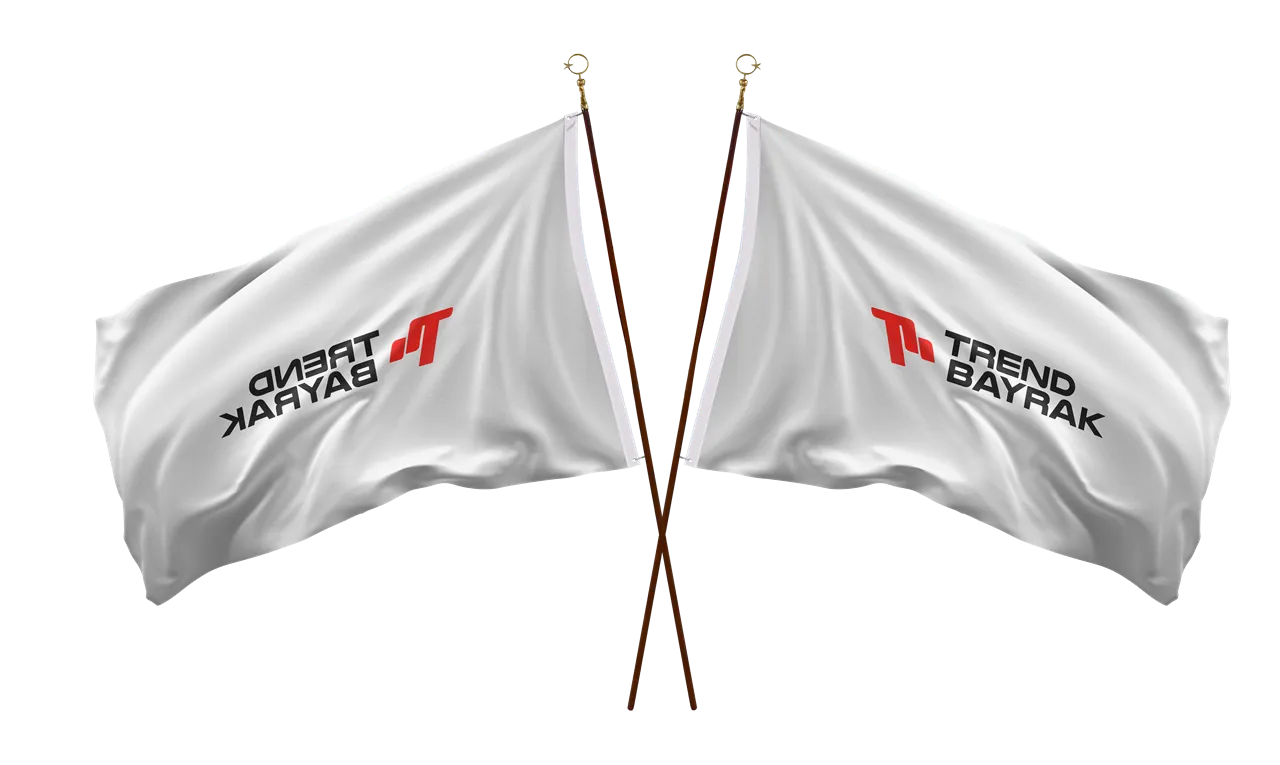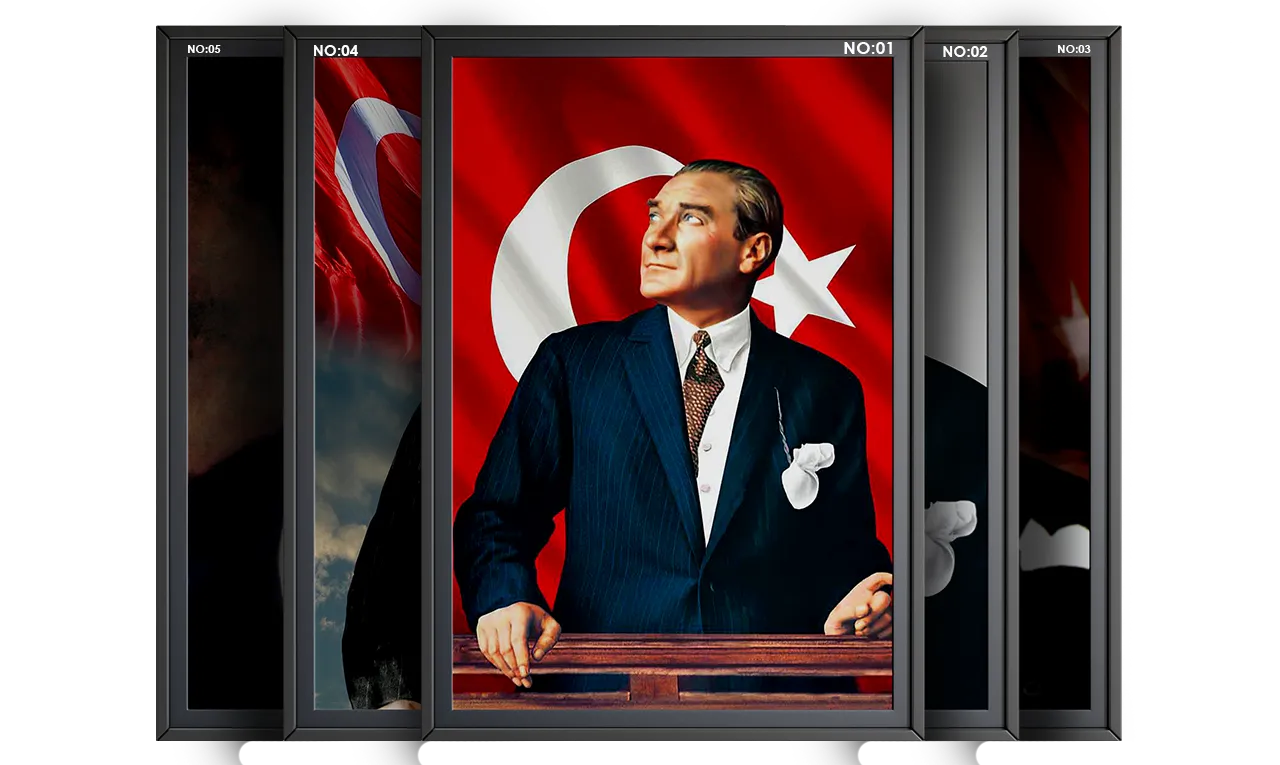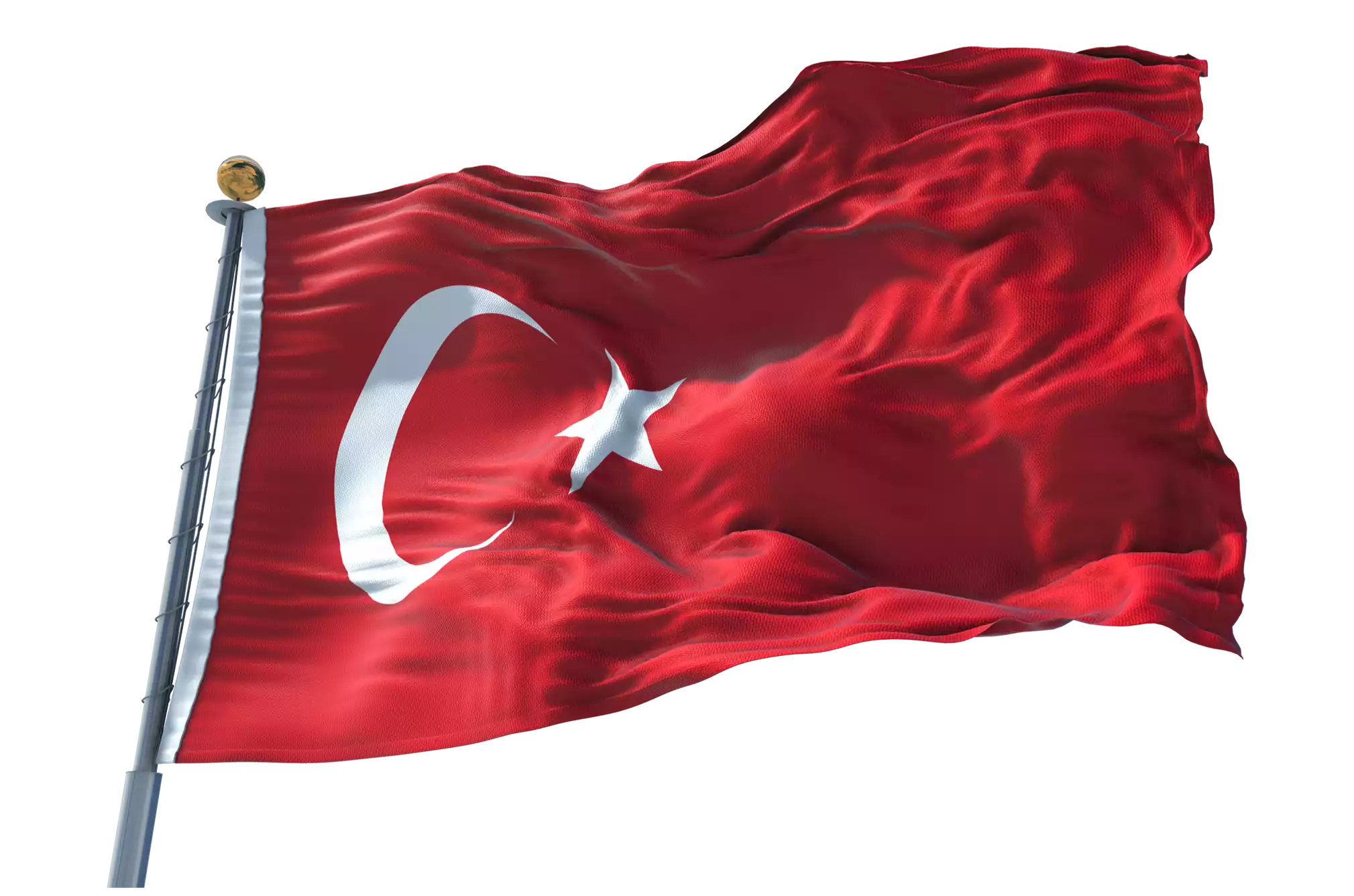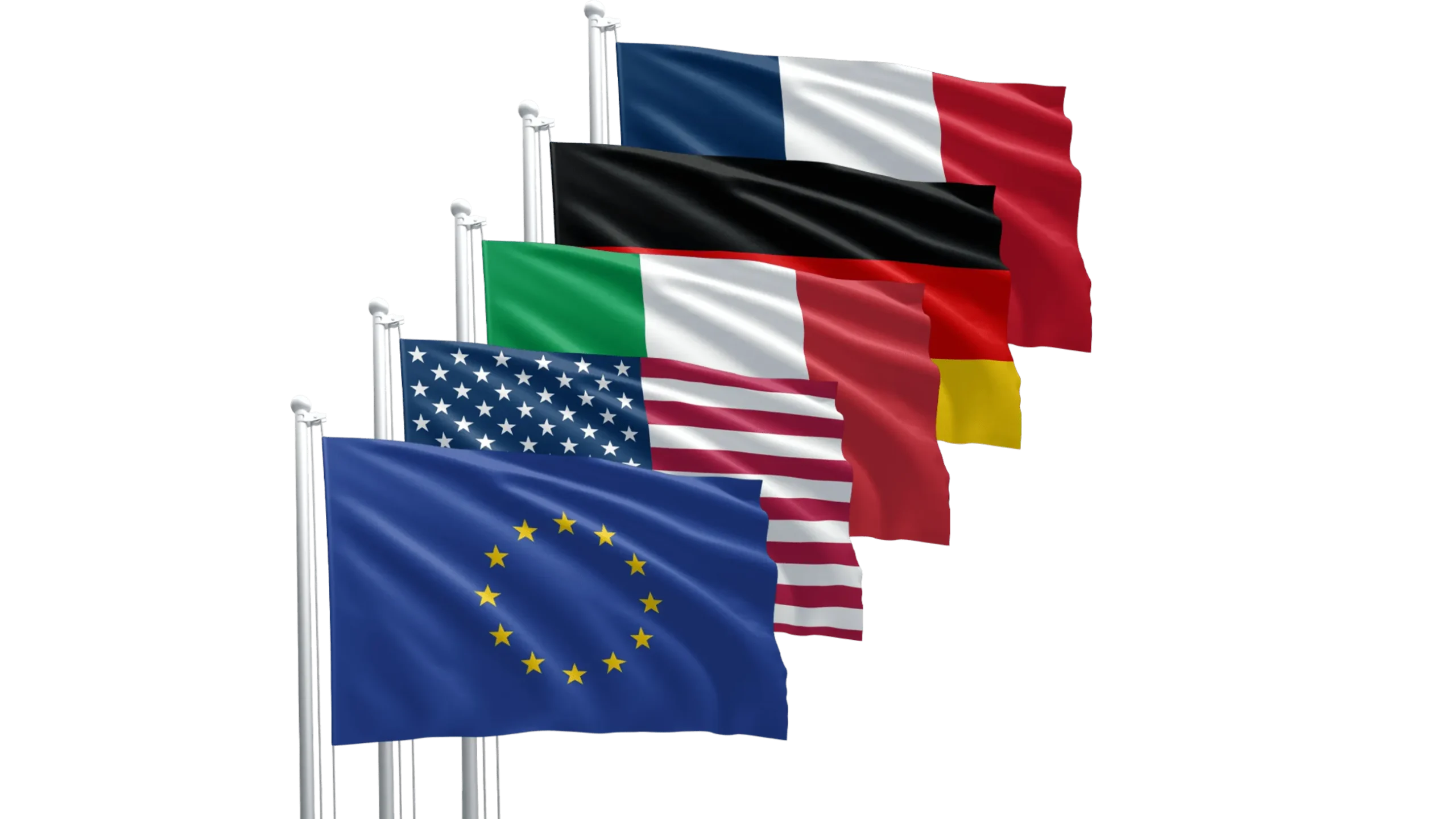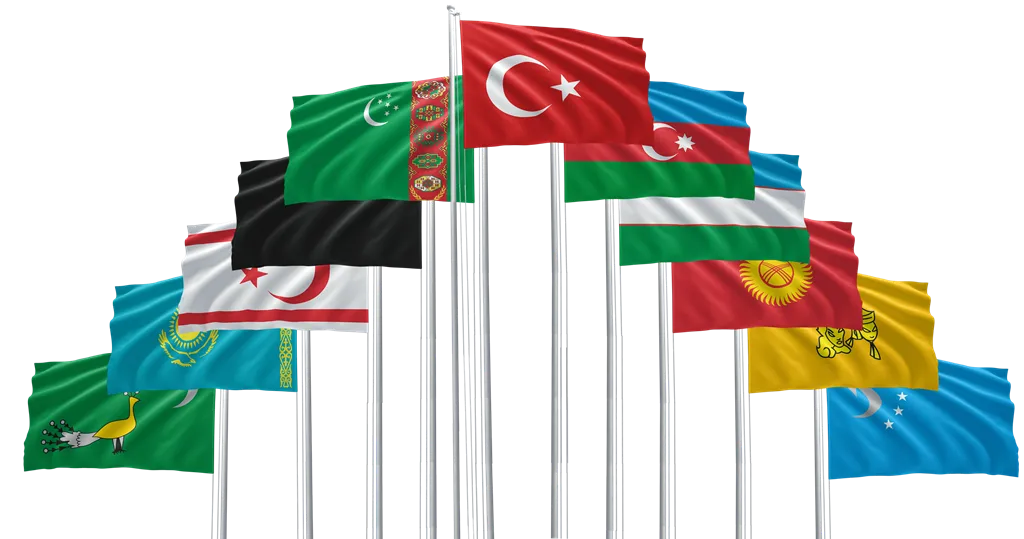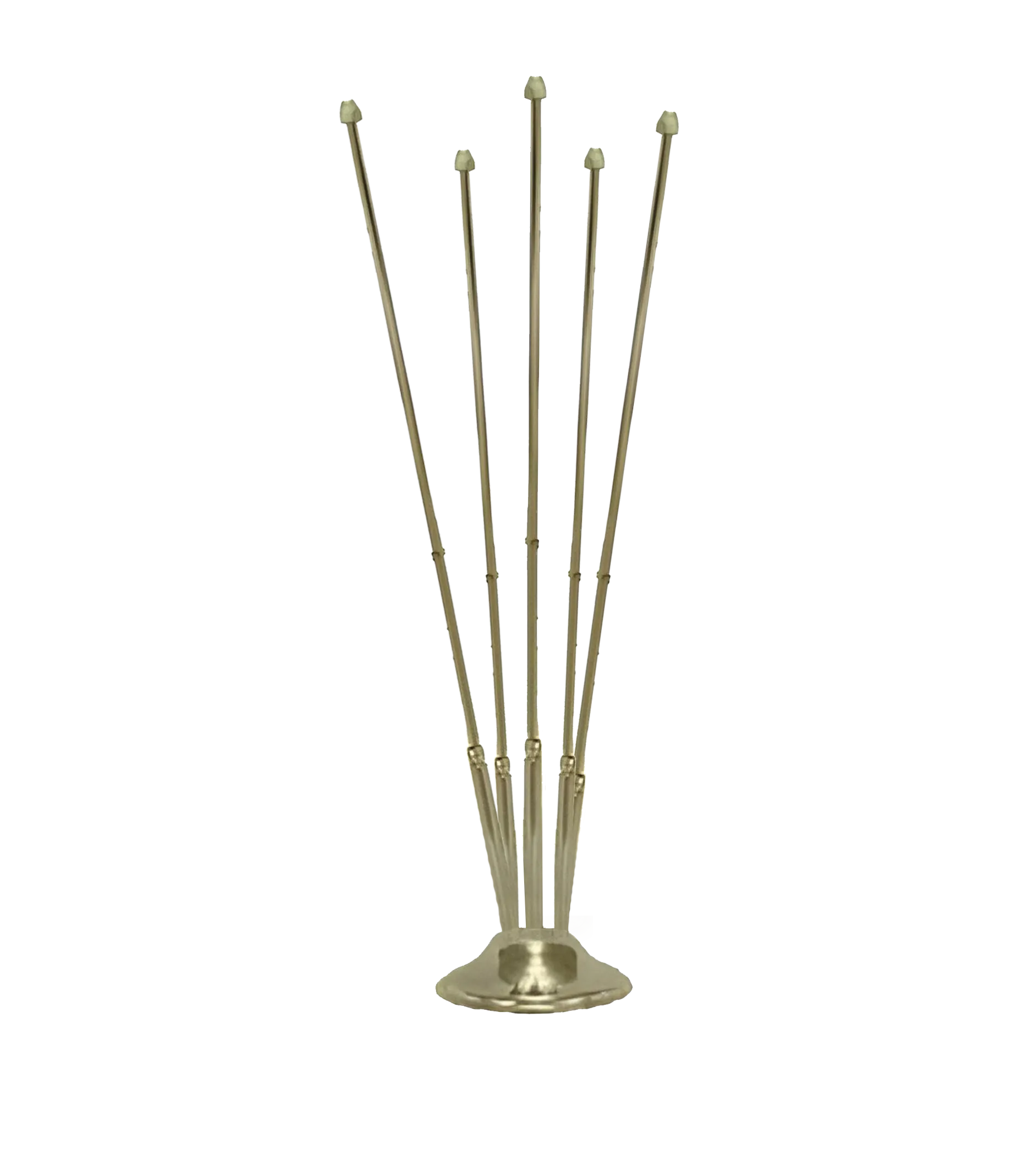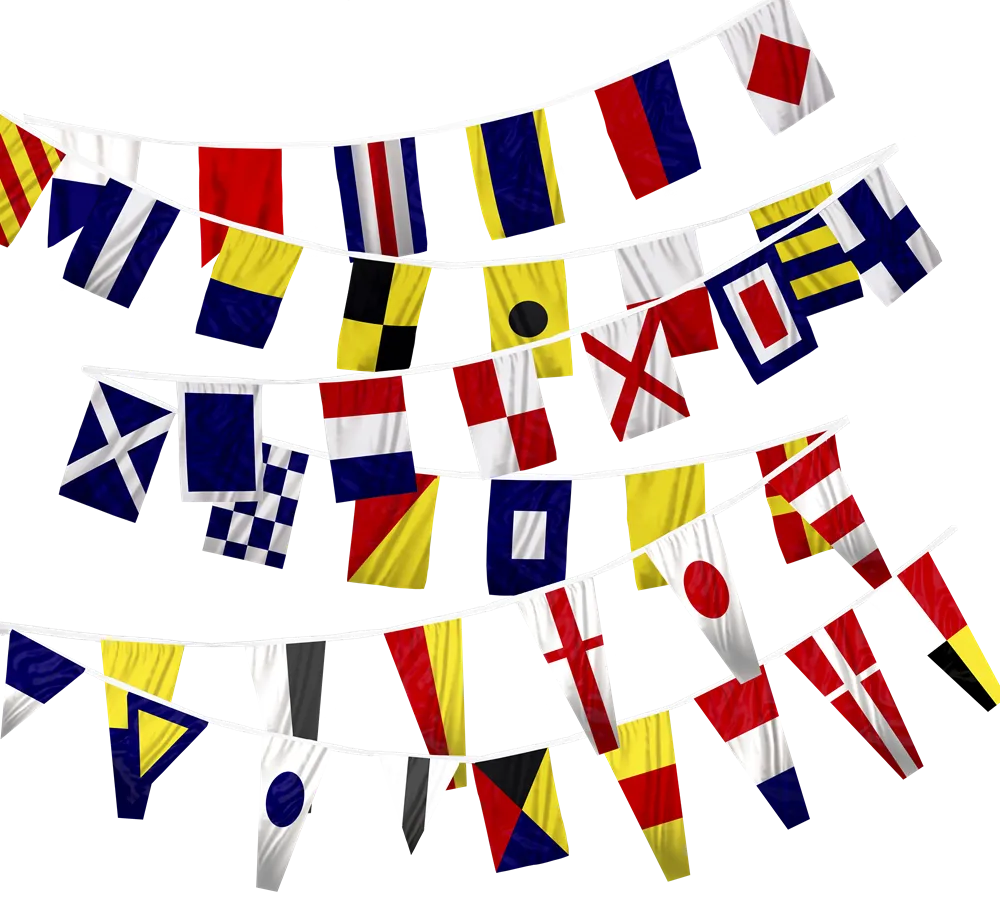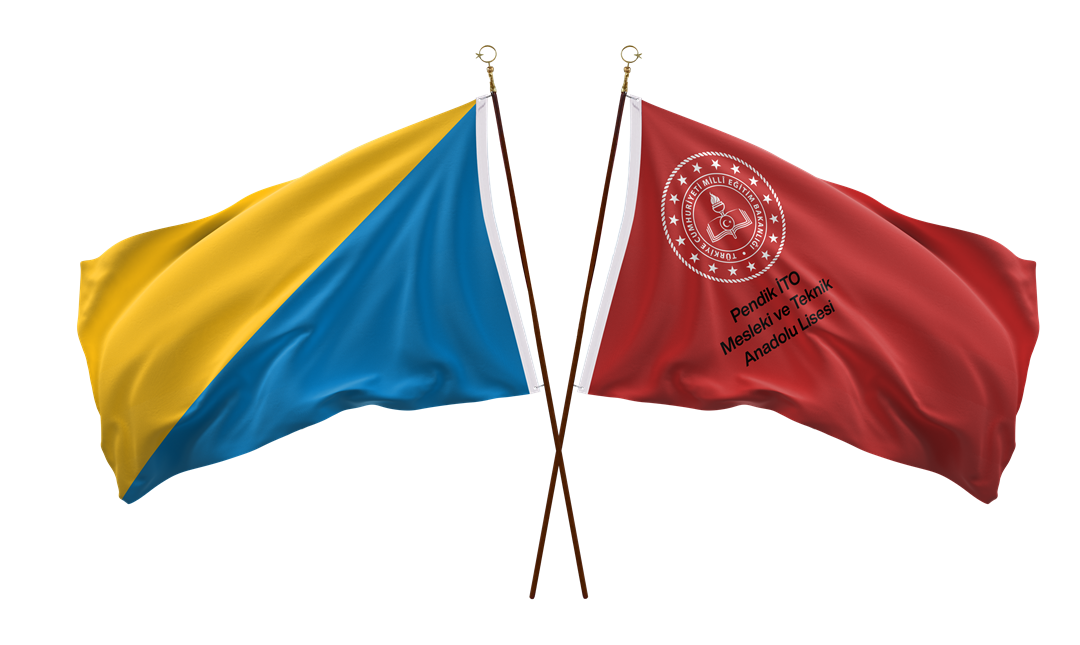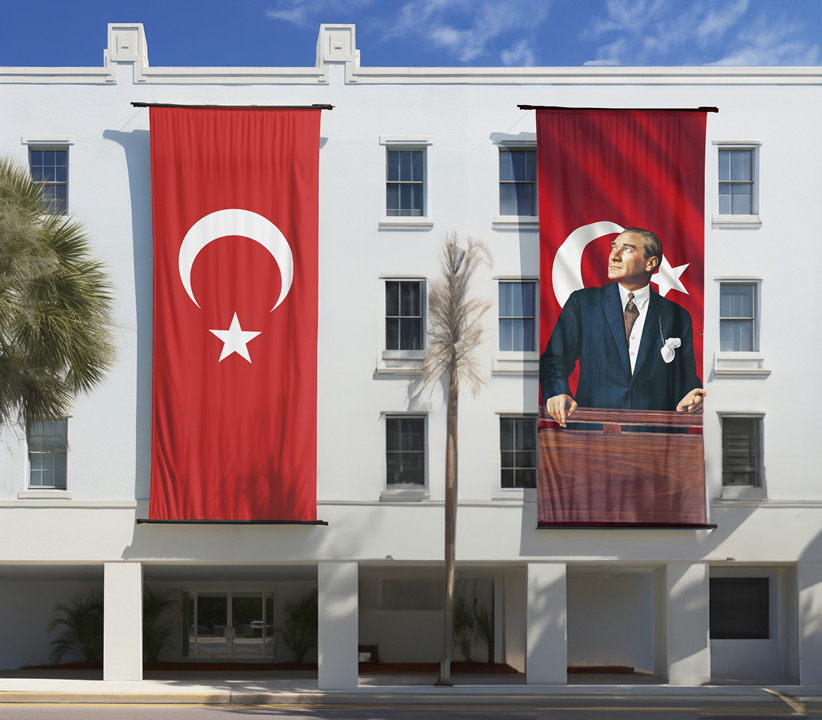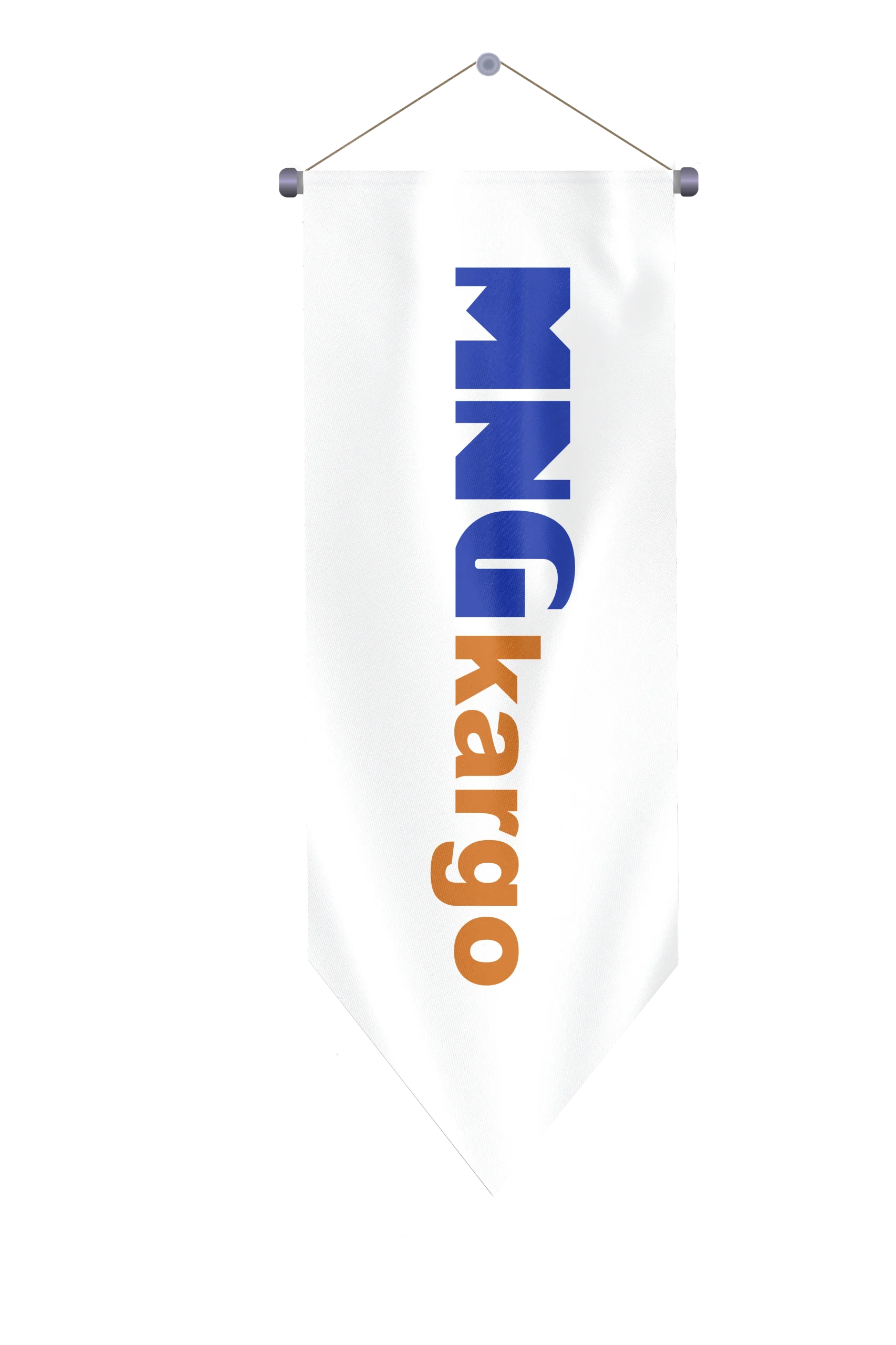Flag of Serbia
Country flags are used indoors and outdoors from official ceremonies to various organisations. It is frequently supplied by consulates, associations, political parties, companies, hotels, fair organisations. Another name is state flags.
- The 3 edges of our products are produced with double needle technique as standard.
- Extra column reinforcement to the wick part is made as standard in large sizes.
- Folded individually and packed with gelatine.
History of the Flag of Serbia
The flag of Serbia is the flag used in Serbia, a Balkan country. It gained its independence after the massacres they committed in Bosnia and started to use its flag after its independence. The flag of Serbia, which was first used in 1992, has been changed many times until today. The flag, which was last modified in 2010, has been used in its final form until today. This flag, which is used as a symbol of the independence of the country, is also included in the constitution of the country and all matters regarding the flag are included in the constitution.
Serbia Flag Meaning
The flags of the countries in the world have different meanings beyond being a symbol representing the countries. With the meanings attributed to the flags, it is tried to ensure the unity and integrity of the nation and at the same time to give different messages to other countries. This is also the case for the flag of Serbia. The flag of this country basically consists of three ground colours. These colours consist of horizontally arranged stripes that cover one third of the flag from top to bottom. The colours on the flag of Serbia are red, blue and white respectively. These colours are also the colours of the flag of Russia. These colours, which are accepted as the colours of Panslavism, are also clearly used on the Serbian flag. The red one of these colours emphasises courage and valour. In all flags of Slavic origin, red is accepted as the colour of courage. The blue colour on the Serbian flag represents loyalty. In this sense, it is the same for all nations of the Slavic race. The last colour on the flag, white, represents peace, nobility and purity. However, it is a great contradiction that they used this colour on their flag after what they did in Bosnia. There is also a double-headed eagle on the flag of Serbia. By placing the coat of arms of a powerful state in the history of the country on the flag, a message of power is given.
Flag of Serbia Dimensions
Countries determine their flags together while determining their flags in order to have a single order for their flags. It is a common situation all over the world that flags are produced on a standard size so that there are no different sizes and different appearances when using flags within the country. This is also the case for the flag of Serbia. According to the constitution of the country, the ratio valid for the production of this flag is 1: 2. In this ratio used for the flag of Serbia, the width should be adjusted to be 50 per cent more than the height when the flag is produced. In addition, information on the dimensions of the coat of arms on the flag and how it should be placed is also available in the constitution of the country. Therefore, companies that will produce the flag of Serbia should know the parts related to the flag in the constitution of the country and should produce accordingly. Since the flags produced without following these rules will be considered faulty, it is necessary to be careful.
Serbia Flag Usage Areas
The flag of Serbia is a flag that started to be used after Serbia gained its independence. This flag, which is used as one of the main indicators of the independence and sovereignty of the country, is used in many areas inside and outside the country. Serbia, a Slavic country, uses the Serbian flag at important points in the country, especially the parliament building and state institutions. In addition, this flag is also used in Serbia’s diplomatic representations abroad.
